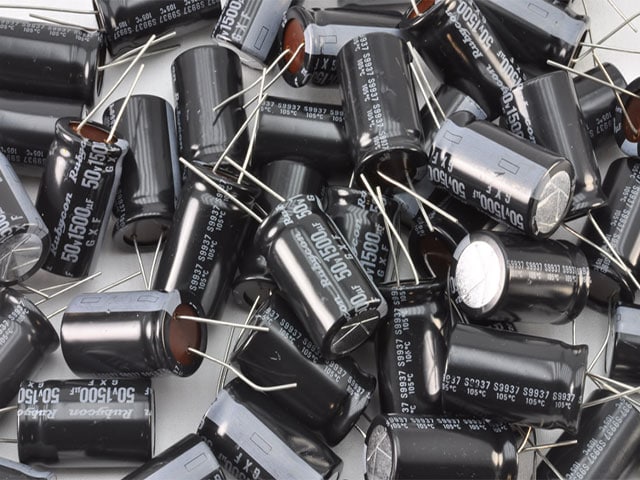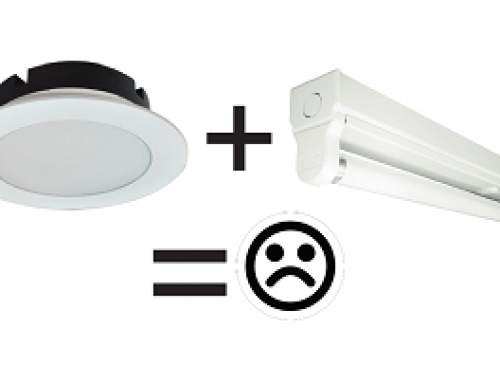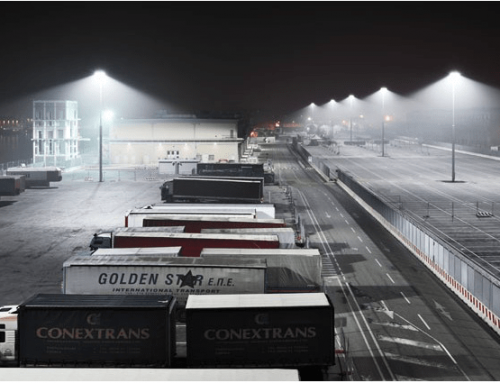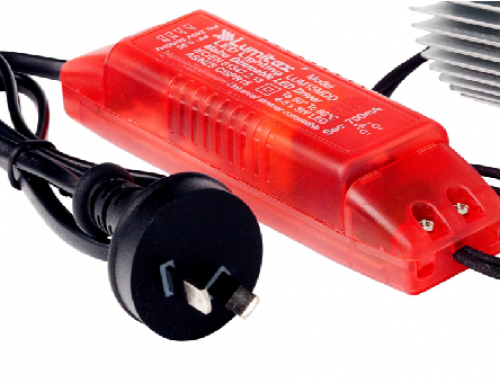The proliferation of Switch Mode Power Supplies (SMPS) in LED drivers has evolved due to the need for LED’s to be drip-fed precise levels of current to ensure long life.
However, an unsavoury side effect is inrush current.
Most SMPS’s use capacitors that smooth out the ripples in the power, since LED’s don’t like ripples.
When these capacitors are completely drained, (ie when the light has been off for a while) they require a lot of instantaneous energy to recharge them to full capacity.
So, when you switch on your LED light that may in normal operation consume less than one amp, for a fraction of a second an enormous burst of energy of up to 40 amps or more may be delivered through your switch. (No typo there, forty amps). Good quality drivers use additional circuitry to minimise this effect.
While the load period is extremely short, there is a cumulative effect. Several LED’s switched a few times (multiply number by 40 amps) may give rise to intermittent tripping of circuit breakers and certain destruction of your switch.
Even a single LED with a 40A inrush is likely to weld the contacts of a poor quality light switch, permanently on. (After a proportional higher number of switch operations)
If you are not aware of this phenomenon, it will drive you crazy, since the breaker will not trip every time and an electrician may not find anything electrically “wrong” with your home/business until a more obvious fault occurs. (Like a welded switch)
LED drivers increasingly have built-in “soft-start” circuitry to help avoid this in-rush effect.
Advice: Reputable LED manufacturers offering quality drivers are most likely to provide you with well-designed circuitry to help avoid this issue by limiting the inrush current.
All SMPS will have inrush, but how it is managed is the difference between you having a good experience with your installation over time, or not. There are special circuit breakers available that have better contacts etc that assist in resolving the effect of inrush and these should be investigated if these issues are identified.
Remember, it is a cumulative effect and damage can take a long time to manifest itself. Find out if the manufacturer has designed their driver around this issue and make an informed decision.
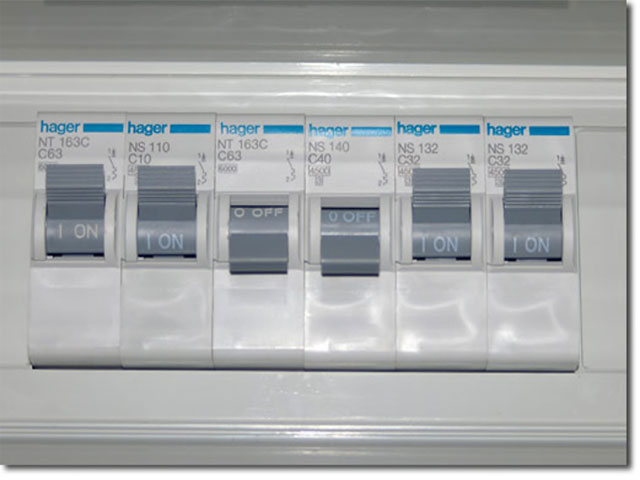
Circuit breakers can intermittently trip due to SMPS in-rush current


